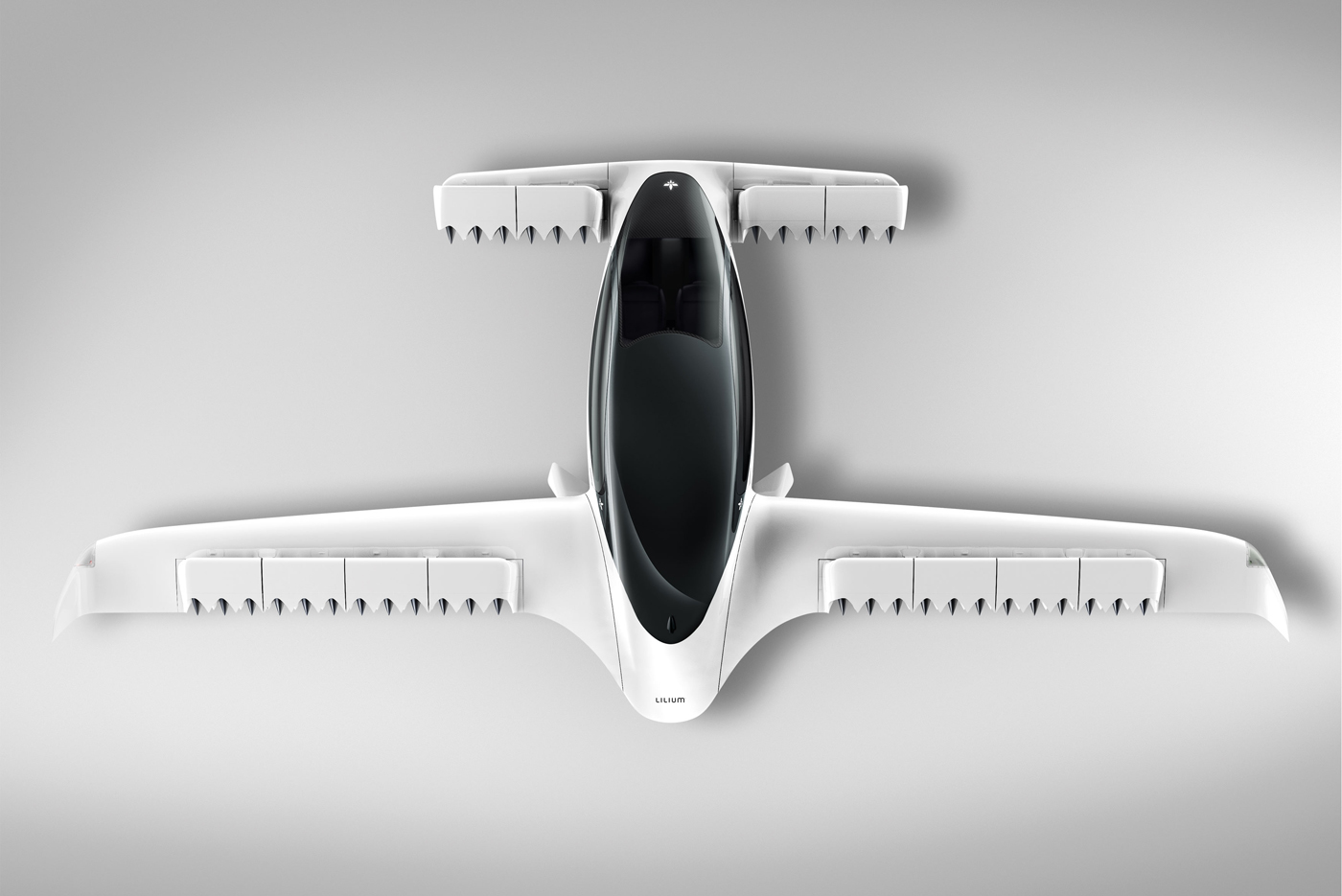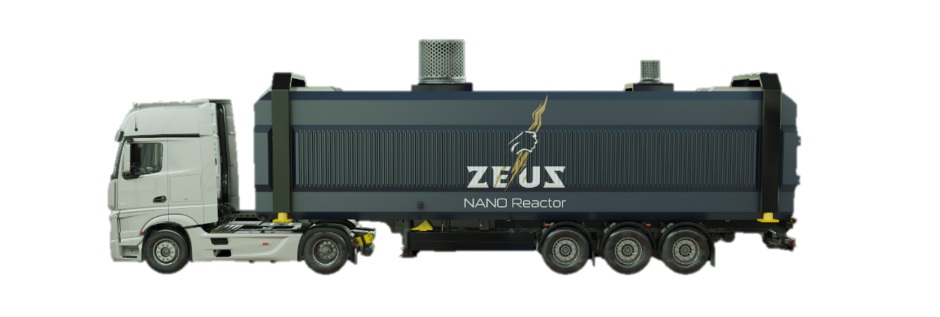Current flight emissions are pretty grizzly to look at. According to one expert: “The total carbon impact of a single flight is so high that avoiding just one trip can be equivalent to going (gasoline) car-free for a year.” Currently, the aviation sector is responsible for 3% of the global carbon emissions but could be responsible for as high as 24% of the emissions by 2050. This is because aviation doesn’t just include flying people but transporting packages. With the pandemic causing a huge increase in online shopping, the aviation sector has increased the frequency of cargo flights. This in turn increases carbon emissions, which affects climate change.
Thankfully, many companies have begun designing and developing electric planes, which would run on batteries, significantly lowering carbon emissions and the need for fuel. One of the companies is Lilium, a German-based company that is currently developing a seven-seat electric airplane. “Lilium was founded in 2015 by four friends who were all engineers at the Technical University of Munich,” explained Lilium Vice Chairman Alexander Asseily.

“They all shared this vision of dramatically reshaping how you get around by applying electric propulsion and batteries to aircraft.” Lilium isn’t the only one working on electric planes, as companies like Airbus, NASA, and Boeing are also developing electric jets. As of this year, New Zealand successfully tested their first electric plane by flying it 80km across the Cook Strait. The plane apparently still had 40% of its battery left after the flight.
While electric planes look impressive on paper, in reality, they’re much more difficult to engineer. This is because electric batteries have much less energy per unit of weight than jet fuel. This phenomenon is known as energy density, and it is comprised of watt (energy unit) hours per kilogram of weight. Jet fuel has been found to have 14x better energy density than electric batteries, having 12, 000 Wh/kg. This requires more batteries in an electric plane for the same amount of power as a gasoline-fueled one. This makes the electric plane heavier, causing more power to be needed to offset the increased weight. Then there are other issues, like insulating the batteries to make sure they don’t catch on fire, which can add more weight. These issues can create challenging problems for electric plane designers.

Many companies are trying to overcome these issues in creative ways. For Lilium, they’re using a fan system as well as electric propulsion. “The innovative Lilium Jet is based on our unique Ducted Electric Vector Thrust technology,” said Asseily. “We anticipate the technology will allow us to reach high speeds (est. 175 mph), and farther regional distances (approximately 150 miles initially), and to scale it for high payloads while maintaining safety and leading low noise levels.” Simply put, the propulsion system uses 36 ducted electric fans embedded in manipulated flaps on the plane’s wings. This system also allows the Lilium Jet to be completely silent and incredibly safe. Should one engine fail, there are 35 more that can take the load. Lilium is planning on making its aircraft marketable in 2024. They are also looking to use the aircraft for inter-city travel only, also helping to reduce the design challenges. “Thanks to the speed and payload of the aircraft, we can generate competitive economics even at launch,” said Asseily. “We anticipate being 5x less costly to operate than a helicopter, and, in time, competitive with commercial aircraft and cars on a per-mile basis.”
Planes like Lilium’s allow for the consumer to fly in a more efficient way. “We believe our product will usher in an era with faster, more flexible, and affordable transport in almost any geography- without the worry of pollution or carbon emissions,” Asseily added. “People will be able to work, live, and play in places they never imagined possible-because the connectivity of these technologies will allow larger distances to be covered in less time.” Electric plane technology could help bring us closer together as a global community and make it easier to ferry goods and services between countries.
To stay informed about the climate industry explore our latest climate tech news.








